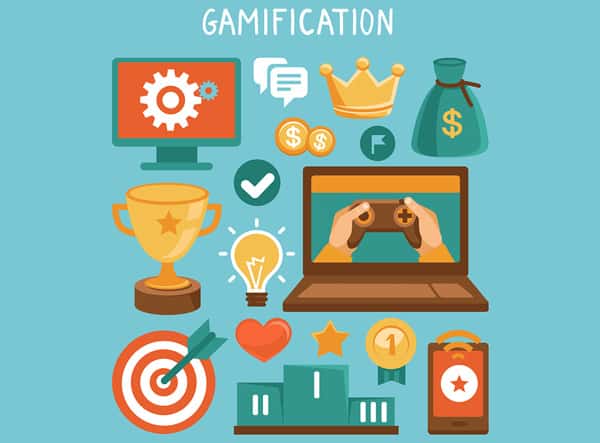The business world is always ringing with buzzwords. One of the most buzzed about at the moment is gamification, game-based marketing to create brand awareness and drive user engagement. The technique is also levelling the playing field. For the first time, the neighbourhood café, personal trainer, small book chain and gymnasium can have a loyalty program that rivals those of much larger entities.
Gamification borrows video game features such as points and leader boards to reward customers for their loyalty. The technology may be new but the marketing principles behind it are tried and tested.

Digital Lives
We all live our lives online: work, finances, entertainment and community are web-based, and generations of shoppers weaned on computer games are hard-wired for incentives and rewards. Game components such as badges and reaching new levels motivate us to try harder and come back for more.
We are seduced by the feelings of achievement and status that winning brings and enjoy bragging about our victories to friends. Gamification taps into these deep desires by adding enjoyment, excitement and incentives to the shopping experience. It makes purchasing decisions less like hard-nosed transactions and more like games.

Consumers earn more stars for purchases to help them progress from welcome level to gold member level which comes with such benefits as free drinks and special offers. Level Up is a group deal website that urges consumers to level up to get better deals and discounts by being more loyal patrons.
Gartner, Inc. has predicted that by 2014 many small businesses and more than 70% of Global 2000 organisations will have at least one gamified application. Technology research firm M2 Research says that business spending on gamification will reach $2.8 billion in 2016.

Employing gamification techniques doesn’t have to blow your budget and neither do you have to be a gamer to participate. There are plenty of affordable options out there. A number of companies such as Badgeville, BunchBall and Gamify have made incorporating game mechanics into company websites as easy as customising a blog.
Small businesses are also exploiting the location-based nature of mobile apps as well as rewarding customers for visiting their websites and sharing information about products and deals.
Big Reward
Gamification is all about engagement and the big reward for businesses is that it can help them achieve their real world goals. Companies have only scratched the surface of what is possible with gamification, but it’s already providing some with the edge they need to succeed in a tough economic climate.
From MavSocial | Social Media Marketing Software for Business
